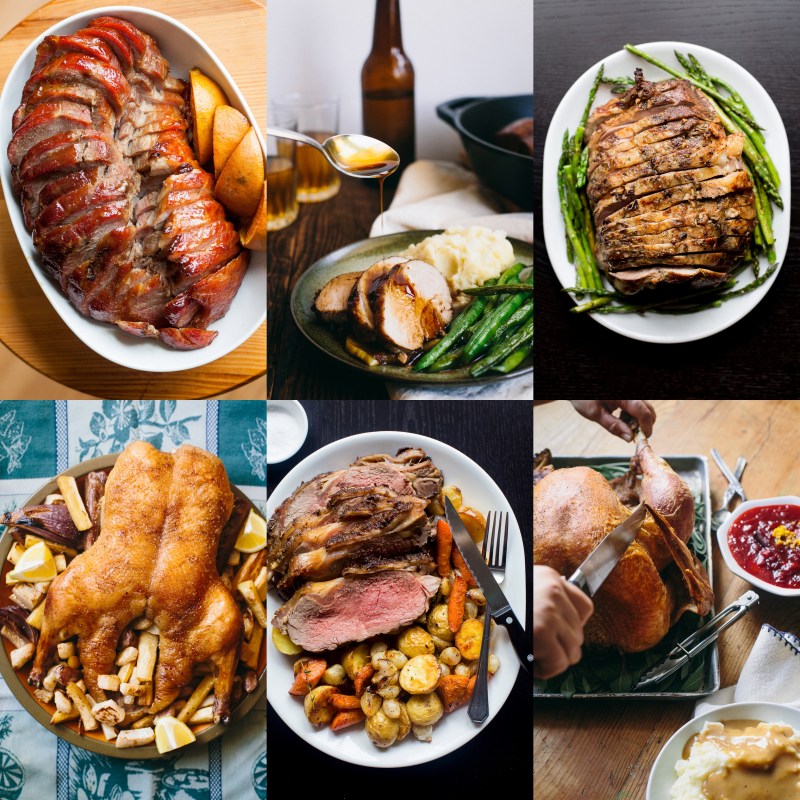
I know what you’re thinking. “But Russ, it just turned October, and you’re already posting about Thanksgiving turkey!” While that’s true, there’s a simple explanation: if you want to celebrate Thanksgiving this year with a wholesome, happy, and pastured turkey, you’re going to need to contact a local farmer and pre-order it soon. As in, right away. So this recipe serves as both a reminder to pre-order a turkey soon, and a guide on what to do with the bird when you get it. I’ve been smoking chickens and turkeys for a while, but I’ve been lousy at sharing my results. So this is my definitive guide on how to get a great smoked turkey, using either a gas or charcoal grill. I love smoking turkeys because the flavor is awesome, but also because it frees up valuable oven space on what tends to be a hectic day.
The common turkey we eat today is a domesticated descendant of the wild turkeys originally found in North America. When Europeans first saw turkeys, they incorrectly thought they were a form of guineafowl, which was sometimes called “turkey fowl” because back in the day they were imported into Europe through Turkey. The name “turkey” stuck with this bird afterwards. Interestingly, many European countries (including France, Italy, Ukraine, Poland, and Russia) call the bird a derivative of “India” or “Indies” because of a similar confusion with guineafowl (which was also imported from India), or possibly because the New World was often thought to be part of Asia during the European Renaissance.
Read Full Article



